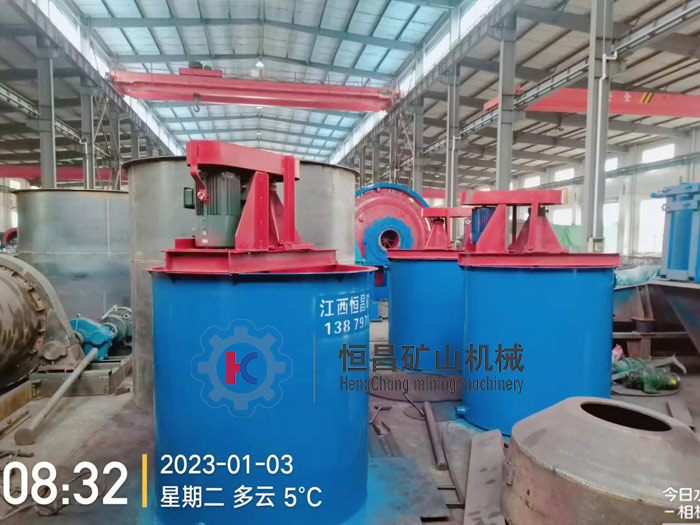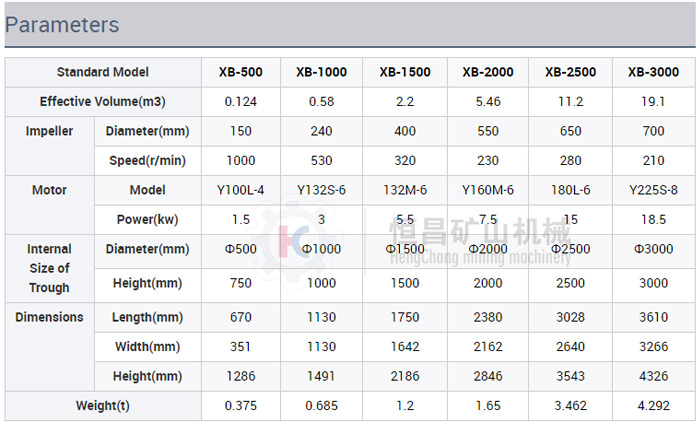1. After the crushing and grinding stage, add 9 step-arranged high-efficiency cyanidation leaching tanks into the pulp. Gold pulp cyanidation is carried on the first two leaching tanks, countercurrent adsorption operation is carried on the last six or seven leaching tanks. Compared with gold CIP process and other traditional gold extraction processes, gold CIL process greatly shortens the cyaniding time, reduces the capital backlog in the gold retention stage. Taking the gold cyanidation plant with processing capacity of 100000 tons and gold grade of 7.5 g/t as an example, gold CIL process can save the investment cost of $486000 than the CIP process, reduce the capital backlog of $201700, save and recycle capital of $675100 in advance excluding the cost of activated carbon.
2. In the adding activated carbon step, add the coconut shell activated carbon (small hole, high activity, wear-resisting and renewable) specially selected by Hengchang mineral processing design institute into the pulp, which can dissolve and adsorb the gold and silver ions then form the gold loaded carbon according to the characteristics of gold and silver adsorption.
3. Vibrating screen and dewatering screen are the key equipment for the reverse movement of pulp and carbon. Filter press and high frequency dewatering screen developed by Hengchang can effectively reduce the carbon wear on the surface of vibrating screen and in the process of continuous slurry pumping, and reduce the cost, facilitate the maintenance and operation.
4. Hengchang desorption electrolysis system implements high-temperature desorption electrolysis on gold in the gold-loaded carbon through the mixed liquor of sodium cyanide and sodium hydroxide. After wood chips and other sundries are removed by washing machine, and the gold desorption is carried out by Xinhai high-temperature and high-pressure desorption method (150 degrees and 0.5Mpa), which can resolve 99% of gold within 2-6 hours.






